
中华之美丛书:中国服饰(英)
本店经营正版图书 两天左右发货 如有着急发货的请不要下单
¥ 76.8 4.8折 ¥ 160 全新
库存59件
北京朝阳
认证卖家担保交易快速发货售后保障
作者华梅 著;创思拓益 译
出版社五洲传播出版社
出版时间2018-08
版次1
装帧精装
上书时间2024-12-11
- 在售商品 暂无
- 平均发货时间 32小时
- 好评率 暂无
- 最新上架
商品详情
- 品相描述:全新
图书标准信息
- 作者 华梅 著;创思拓益 译
- 出版社 五洲传播出版社
- 出版时间 2018-08
- 版次 1
- ISBN 9787508540139
- 定价 160.00元
- 装帧 精装
- 开本 16开
- 页数 200页
- 字数 100千字
- 正文语种 英语
- 丛书 中华之美丛书
- 【内容简介】
-
“中华之美”丛书围绕中华优秀传统文化这一主题,择取其中15个专题分别加以介绍。这15个专题,包括以思想、智慧、艺术为主的“无形遗产”,以工艺、器物为主的“有形遗产”,以衣食住行乐为主的“民俗生活”,它们精心构架,有机结合,勾勒出中国文化的一个总体面貌,并反映出“中华文化的理念、智慧、气度、神韵”。
中国人习惯把日常生活概括为“衣食住行”,服饰排在了一位,可见它在生活中的重要位置。在这个历史悠久的衣冠大国,从古至今,伴随着民族间的相互融合和东西方文化的交流,服饰的样式和穿着习俗始终在不断演变。
几乎从服饰出现的那天起,人们的社会身份、生活习俗、审美情趣,以及种种文化观念就已融入其中了。服饰的面貌是社会历史风貌直观、写实的反映,从这个意义上说,服饰的历史也是一部生动的文明发展史。
In the Chinese way of describing the necessities of life, clothing ranks at the top of “clothing, food, shelter and means of travel”, which shows its important place in life. In this country with a long history of garments and ornaments, with integration of ethnic groups and cultural exchange between the East and West, clothing styles and customs have been evolving since ancient times. Almost from the day when clothes emerged, people’s social status, living customs, aesthetical tastes and various cultural concepts were integrated into them. Clothes are the most straightforward and realistic reflection of social and historical scenes. In this sense, the clothing history is also a vivid history of the development of civilization. - 【作者简介】
-
华梅,天津师范大学教授,华梅服饰文化学研究所所长,原美术与设计学院院长。1983年起从事中国服装史教学,1994年创建服饰文化学新学科。主持三项国家社科基金和教育部人文项目,主讲国家精品资源共享课《中西服装史》。至今出版专著56部,代表著作有《人类服饰文化学》《服饰与中国文化》《中国服装史》《西方服装史》《服装美学》等。多部著作被翻译成英文、法文、西班牙文、日文、韩文、阿拉伯文等在国外发行。先后应邀为日本奈良国立女子大学、法国里昂国立时装设计大学、巴黎法兰西时装学院、新西兰服装设计研究院、泰国蓝实大学等讲授中国服饰文化。
Hua Mei, professor at Tianjin Normal University, the head of the Hua Mei Clothing Ornament Culturology Study Institute and the former dean of the College of Arts and Design. She began to teach the Chinese clothing history in 1983, established the new discipline of clothing ornament culturology study in 1994, took charge of three national cultural projects of the Social Science Fund and the Ministry of Education, and was the main lecturer for the national classic resource sharing course Chinese and Western Clothing History. Now she has published 56 monographs. Her representative works are Human Costume and Ornament Culturology, Clothing Ornaments and Chinese Culture, Chinese Clothing History, Western Clothing History and Clothing Aesthetics. Many of them have been translated into English, French, Spanish, Japanese, Korean and Arabic and published abroad. She was invited to teach China’s clothing ornament culture at Nara Women’s University in Japan, University of Fashion in Lyon, France, Institute of France in Paris, New Zealand Academy of Fashion Design and Rangsit University in Thailand. - 【目录】
-
Foreword
From Barbarism to Monarchy
From Ancient “One-piece Dresses” to Casual Garments and Gowns
Incredible Silk
Imperial Clothes and Clothing System
Martial Attire Reformer – King Wuling of Zhao
Drifting Loose Clothes and Broad Bands
Extremely Gorgeous Tang Suits
Elegant and Comfortable Casual Clothes
Cultural Aggregation – Official Robes
End of Monarchy and Introduction of Western Clothes to the East
Cutting Plaits and Releasing Feet
Coexistence of Long Gowns and Western-style Clothes
Improved Cheongsams Combining Chinese and Western Features
Rapidly Changing Modern Clothes
Innovative Workers’ Clothes and Farmers’ Clothes
Service Dresses Worn by Almost All People
Bell-bottoms and Sunglasses Entered China First
Jean Clothes Swept across China
Lingering Bohemian Style
“Anti-normal” Clothes Popular for a While
Exposing Clothes Subverted Confucian Thoughts
Amazing Chinese Shoes and Diversified Footwear
Cherished Han Clothes
Youths Following Trends of Fashion without Looking Back
Diversified Ethnic Clothes
Minority Ethnic Groups’ Exotic Clothes
Numerous Legends about Ethnic Clothes
Special Techniques of Making Ethnic Clothes
Where Do Primitive Clothes Go in the Internet Age?
点击展开
点击收起
相关推荐
— 没有更多了 —

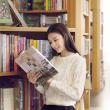
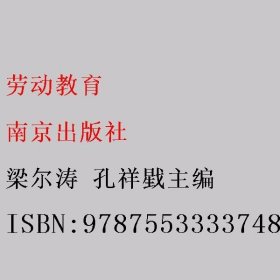

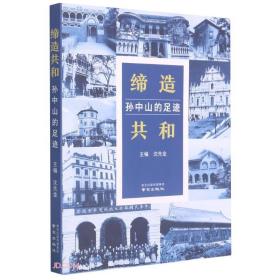
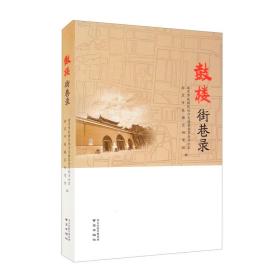


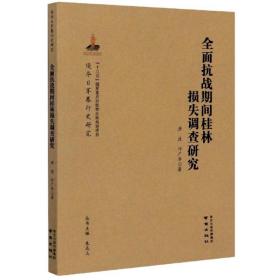









以下为对购买帮助不大的评价